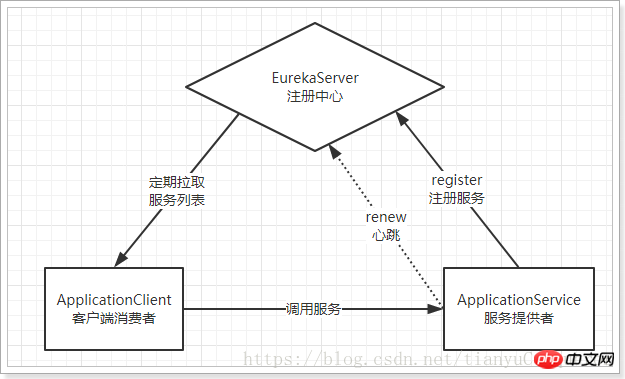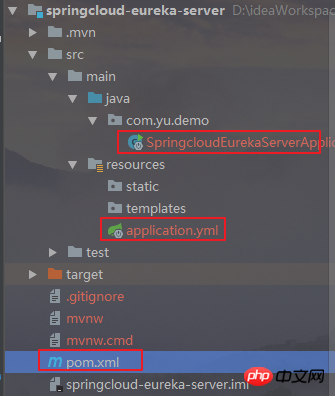
1. First introduction to springcloud
Microservices are an architectural approach that will ultimately require a technical architecture to be implemented.
There are many ways to implement microservices, but the most popular one is Spring Cloud
What Spring is best at is integration, taking the best frameworks in the world and integrating them into your own projects middle.
The same is true for Spring Cloud. It integrates some of the most popular technologies now and implements functions such as: configuration management, service discovery, intelligent routing, load balancing, fuses, control bus, cluster status and so on. Its main components include:
Eureka: Registration Center
Ribbon: Load Balancing
Feign: Service Call
Hystix: fuse
Today we mainly get to know springcloud’s registration center Eureka
Here is an example in life:
Before the emergence of online ride-hailing, people could only call a taxi when going out. Some private cars want to be rented but are not qualified and are called black cars. Many people want to book a taxi, but unfortunately there are too few taxis and it is inconvenient. There are many private cars but they dare not stop them, and among the cars on the street, who knows which ones are willing to carry people. One wants and the other is willing to give, but there is a lack of introduction and management.
At this time, online ride-hailing platforms like Didi appeared. All private cars that want to carry passengers must register with Didi, and record your car model (service type) and identity information (contact information). Private cars that provide such services can be found on Didi, and they are clearly visible at a glance.
Anyone who wants to call a car at this time only needs to open the APP, enter your destination, select a car model (service type), and Didi will automatically arrange a car that meets your needs to serve you.
Back to springcloud’s Eureka, Eureka is like Didi, responsible for managing and recording service provider information. Service callers do not need to find services themselves, but tell Eureka their needs, and then Eureka will tell you the services that meet your needs. At the same time, the "heartbeat" mechanism is used to monitor the relationship between the service provider and Eureka. When a problem occurs with a service provider, Eureka will naturally remove it from the service list.
This realizes automatic registration, discovery, and status monitoring of services.

Eureka: It is the service registration center (can be a cluster), exposing its own address to the outside world
Provider: Register your own information with Eureka after startup ( address, what services are provided)
Consumer: Subscribe to Eureka for a service, Eureka will send a list of all provider addresses of the corresponding service to the consumer, and regularly update
heartbeat (renewal) : Providers regularly refresh their status to Eureka through http
Practice:
Eureka registration center structure chart:

1 2 3 4 5 6 7 8 9 10 11 12 13 14 15 16 17 18 19 20 21 22 23 24 25 26 27 28 29 30 31 32 33 34 35 36 37 38 39 40 41 42 43 44 45 46 47 48 49 50 51 |
|
1 2 3 4 5 6 7 8 9 |
|
1 2 3 4 5 6 7 8 9 10 11 |
|
The above is the detailed content of In-depth analysis of springCloud's Eureka practice. For more information, please follow other related articles on the PHP Chinese website!
 What are the differences between springcloud and dubbo
What are the differences between springcloud and dubbo
 How about Binance exchange?
How about Binance exchange?
 C language variable naming
C language variable naming
 The difference between JD.com's self-operated flagship store and its official flagship store
The difference between JD.com's self-operated flagship store and its official flagship store
 How to set css dotted border
How to set css dotted border
 How to enable TFTP server
How to enable TFTP server
 What does root server mean?
What does root server mean?
 How to configure the pycharm environment
How to configure the pycharm environment




